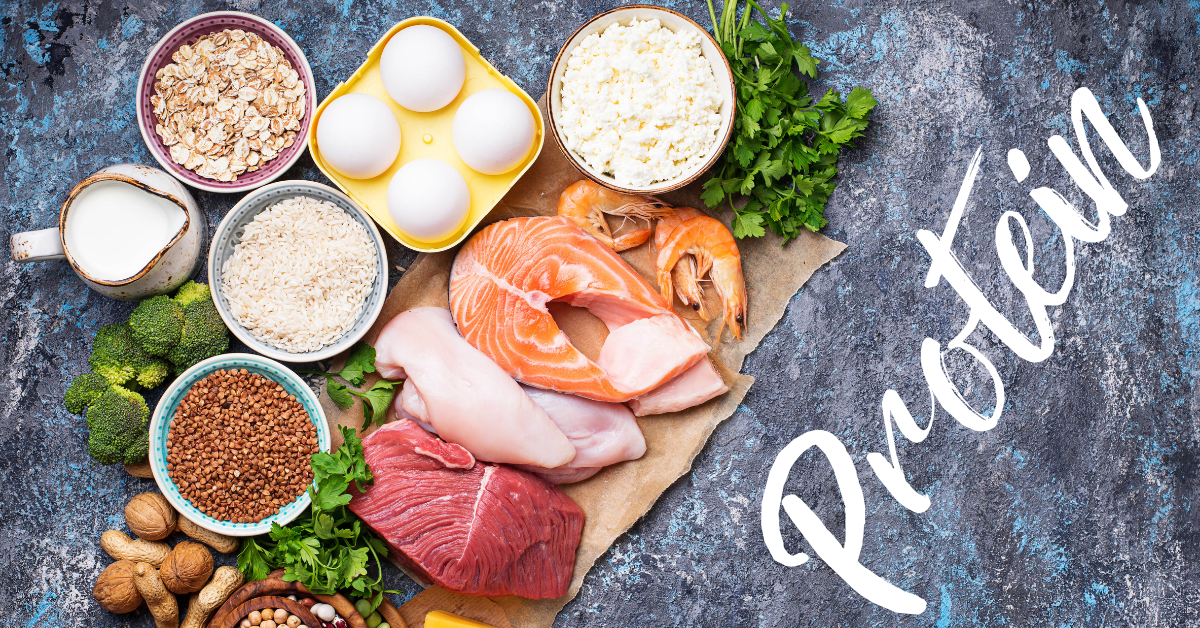Veronica Brady, CDE explains protein and how this nutrient can affect your blood sugar.
Series: Focus on Food
I often talk about finding balance with calories, something that we hear talked about nearly every day. How many calories in a Starbucks Frappuccino? A Red Bull? A brownie? A chicken pot pie?.... As we all may know calories come from carbohydrates, protein and fats. Therefore, when we look at a meal, we have to determine the amount of fat (butter, bacon, etc.), protein (meat, cheese, eggs, etc.) and carbs (bread, rice, pasta, etc.) in a serving, as well as how many servings we have on our plate. Let’s take a closer look at protein.
I have heard it said often that, “I can eat all of the protein I want because it will not raise my blood sugar”.
Hold on just a minute! That may not necessarily be true.
Protein and Blood Sugar
The food that comes to mind most often when we think about protein is meat. However, protein can come from a variety of different foods that at first glance we may not consider. In their book, “Food Lists for Diabetes”[1], the authors have done an excellent job of outlining the various protein sources. They identify protein as either: lean, medium-fat, high-fat or plant-based. They go even further as to identify the grams of fat, protein and the number of calories in each type of protein. Also, when we are thinking about protein, we often forget that there may well be some “hidden” carbs. (I.e. edamame, refried beans, peas and soy burgers).
Daily Intake
There remains a good deal of controversy over the “recommended daily amount” of protein. Experts determine that it is somewhere between 15-25% of total daily caloric intake. The dietary guidelines for Americans states that “A variety of protein foods, including seafood, lean meats and poultry, eggs, legumes (beans and peas), and nuts, seeds, and soy products” should be ingested daily. Another way to calculate your daily requirement of protein in grams is to multiply your weight in pounds by 0.36 (i.e. a woman weighing 130 x 0.36= 47 grams of protein/day).
When determining how to structure our meals we need to decide what type of protein source we plan to have, the amount of fat with that protein source, and how many carbohydrates it contains. So, when you think about your next meal, consider this:
P - pork, peas, pumpkin seeds
R - red meat
O - oysters, oat milk, orange roughy
T - turkey, tofu
E - eggs
I - Inca berries
N - nuts
Healthy Eating and Be Well!


